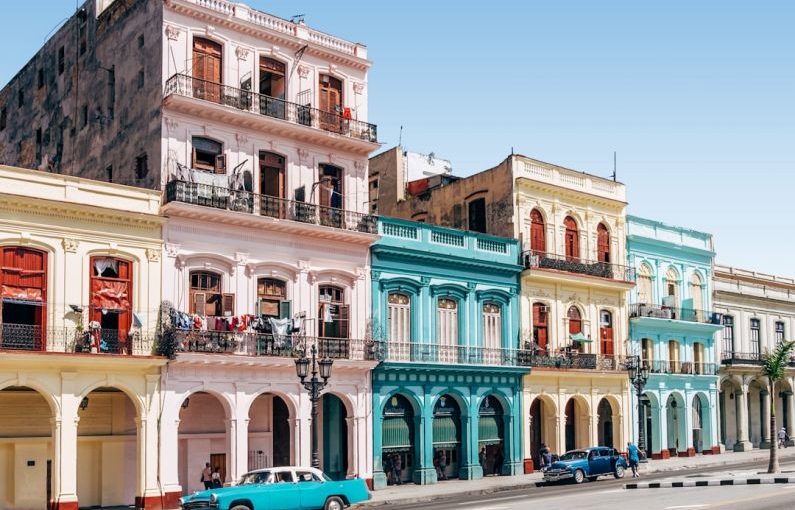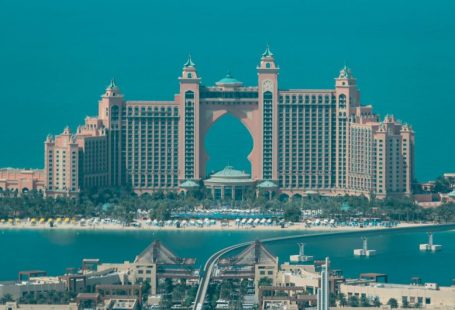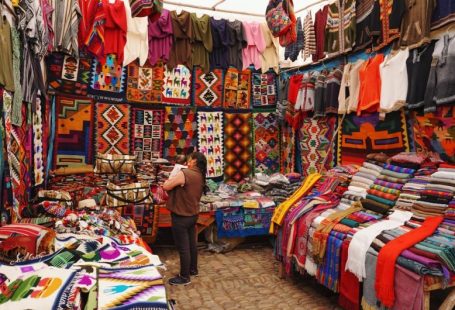Havana, the vibrant capital city of Cuba, is a place where history comes alive in every cobblestone street and colonial building. Designated as a UNESCO World Heritage Site, Havana’s historic districts serve as a living museum that offers a glimpse into the city’s rich past and cultural heritage. From the colorful facades of Old Havana to the grandeur of Vedado, each district has its own unique charm and story to tell.
Old Havana: A Time Capsule of Colonial Splendor
The heart of Havana’s historic districts is Old Havana, or Habana Vieja, a well-preserved colonial neighborhood that dates back to the 16th century. Walking through the narrow streets of Old Havana feels like stepping back in time, with its historic plazas, elegant baroque churches, and majestic fortresses. The iconic Plaza de la Catedral, with its stunning cathedral and surrounding colonial buildings, is a must-visit spot that encapsulates the beauty and history of Old Havana.
Exploring Old Havana’s cobblestone streets, visitors will encounter charming cafes, art galleries, and local markets that offer a taste of Cuban culture. The restoration efforts in Old Havana have helped preserve its architectural heritage, making it a living testament to the city’s past.
Vedado: The Modernist Jewel of Havana
In contrast to the colonial charm of Old Havana, Vedado represents a more modern side of the city’s history. Developed in the early 20th century, Vedado is known for its wide avenues, lush parks, and eclectic mix of architectural styles. The district is home to many iconic landmarks, including the famous Hotel Nacional and the bustling Malecón waterfront promenade.
Vedado’s architecture reflects the influence of Art Deco, Neoclassical, and Modernist styles, creating a dynamic urban landscape that is a delight to explore. The district is also a cultural hub, with theaters, art galleries, and jazz clubs that showcase Havana’s vibrant arts scene.
Miramar: The Opulent Suburb of Havana
Located west of Vedado, Miramar is a residential neighborhood that exudes elegance and luxury. Developed in the early 20th century as a playground for the wealthy elite, Miramar is characterized by its grand mansions, tree-lined boulevards, and waterfront views. The district is home to embassies, diplomatic residences, and upscale restaurants that cater to a more affluent clientele.
Miramar’s architecture is a blend of Spanish, Moorish, and Art Deco influences, creating a picturesque setting that is reminiscent of a bygone era. Strolling through Miramar’s leafy streets, visitors can admire the opulent mansions and beautifully landscaped gardens that define the district’s upscale ambiance.
The Vibrant Present and Promising Future of Havana’s Historic Districts
While Havana’s historic districts are steeped in history, they are also vibrant and evolving spaces that reflect the city’s dynamic present. From the lively music scene in Old Havana to the trendy cafes in Vedado, these districts are alive with energy and creativity. As Havana continues to undergo revitalization efforts, the historic districts are being carefully preserved and restored, ensuring that future generations can continue to experience their timeless beauty.
In conclusion, Havana’s historic districts are more than just tourist attractions – they are living, breathing spaces that embody the spirit of Cuba’s past, present, and future. Whether you’re wandering through the charming streets of Old Havana, admiring the architectural marvels of Vedado, or soaking in the luxury of Miramar, each district offers a unique glimpse into Havana’s rich heritage. In a city where history is intertwined with everyday life, exploring the historic districts of Havana is a journey through time that should not be missed.





